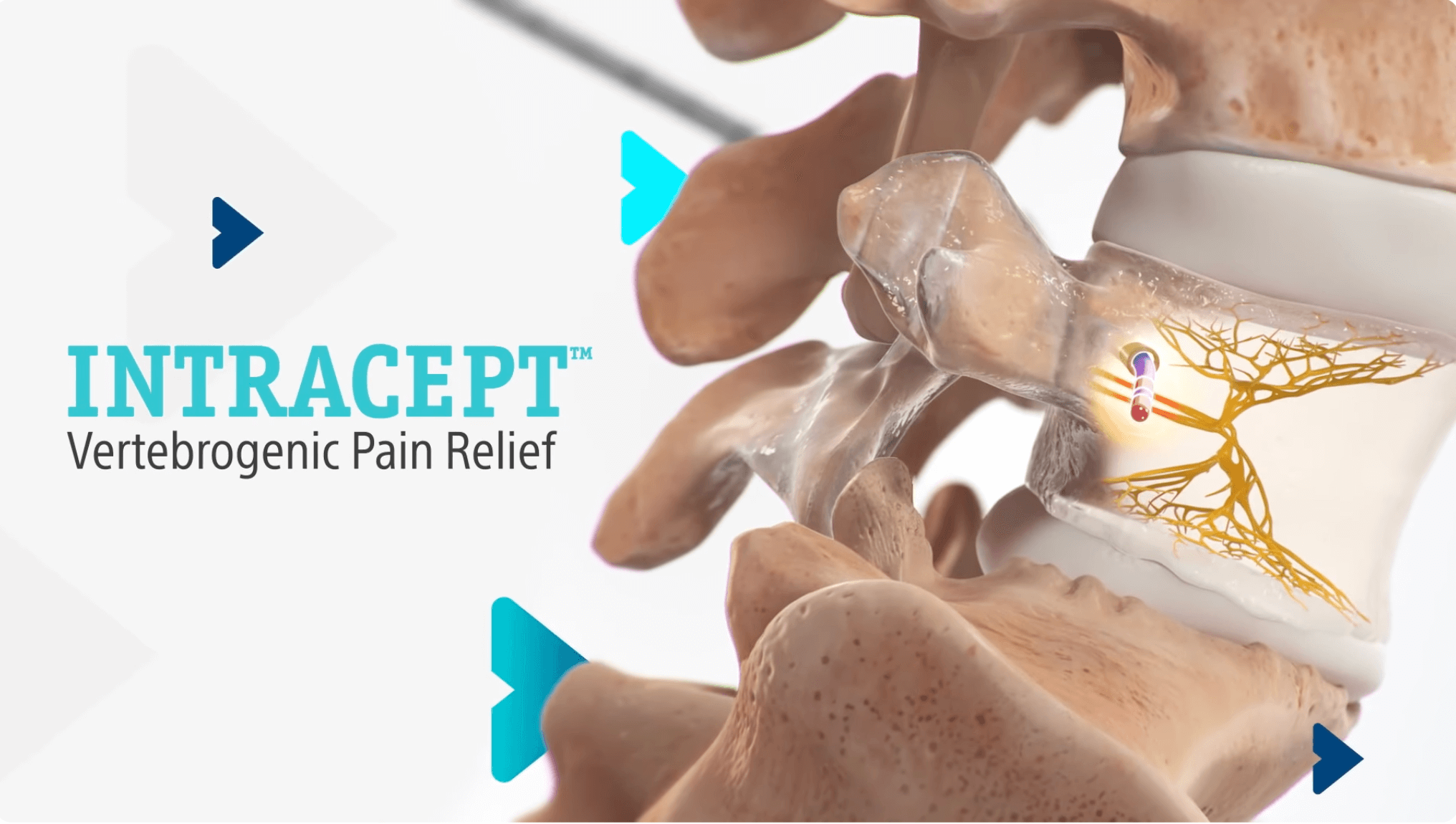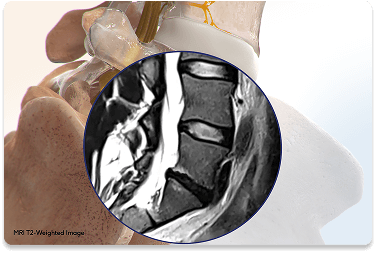Vertebrogenic pain relief: Low back pain shouldn’t hold you back



Vertebrogenic pain is a specific type of chronic low back pain caused by damage to the vertebral endplates. These thin layers of tissue cover the tops and bottoms of the vertebral bodies and separate them from the intervertebral discs. As discs degenerate with age or everyday stress, the endplates can become damaged and inflamed. This irritation stimulates the basivertebral nerve, which then transmits pain from the spine to the brain.
Central low back pain (not radiating down the legs)
Pain worsened by physical activity, prolonged sitting, bending, or lifting




You may be a candidate if you’ve had chronic low back pain for 6 months or more, haven’t found relief with conservative treatments like physical therapy or medications, and your MRI shows Modic changes consistent with vertebrogenic pain. A healthcare provider can confirm your eligibility.